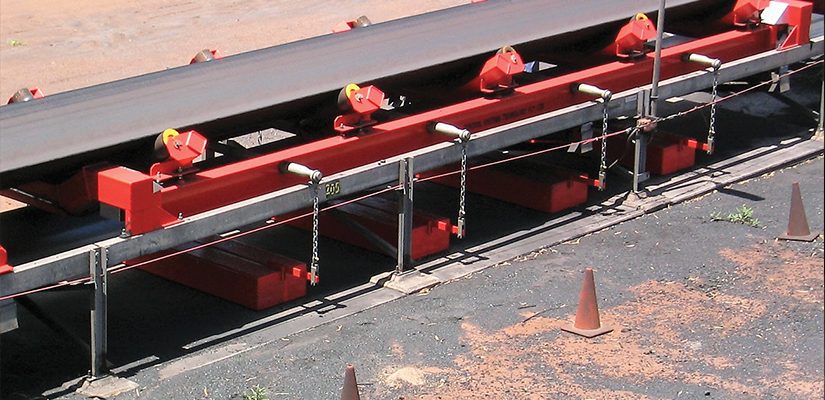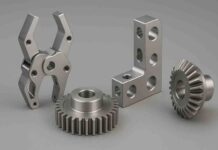Belt scales are an important piece of equipment used in many industries, such as mining, agriculture, and manufacturing, to measure the flow rate of bulk materials transported by conveyor belts. Calibration is a critical process that ensures the accuracy of belt scales, which is essential for optimizing production efficiency and minimizing material waste.
Calibration involves comparing the output of the belt scale to a known standard, typically a certified test weight, and adjusting the scale to minimize the difference between the two measurements. Belt scale calibration should be performed periodically, ideally on a regular basis, to ensure accurate measurements over time.
Preparing for Belt Scale Calibration: Equipment and Tools
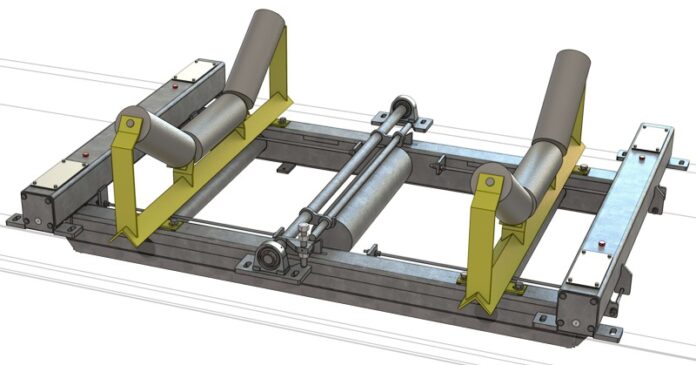
Before starting the calibration process, it is essential to ensure that all necessary equipment and tools are available and in good condition. This includes a certified test weight, a test chain, a tension meter, a stopwatch, and a calculator.
The certified test weight should be appropriate for the capacity of the belt scale and be accompanied by a certificate of calibration. The test chain should be long enough to cover several idler rolls and should have a known weight per unit length. The tension meter should be calibrated and accurate within the range of the belt scale tension. The stopwatch and calculator should be reliable and accurate.
At SWSCALE, you can find all the necessary equipment and tools for belt scale calibration. Their equipment is regularly calibrated and maintained to ensure accurate and reliable measurements.
Step-by-Step Guide to Belt Scale Calibration
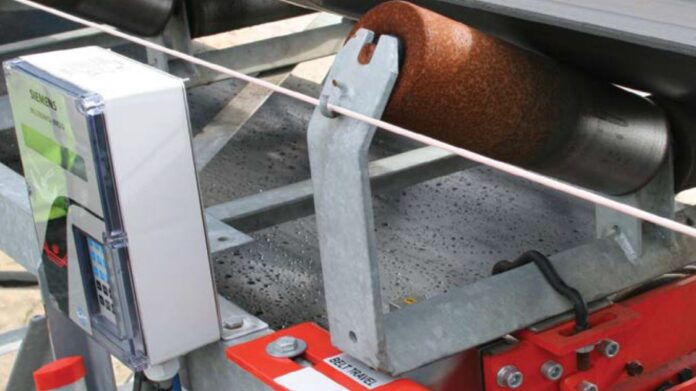
The following is a general guide to belt scale calibration:
– Step 1 – Clean the belt scale and conveyor system to remove any debris or material buildup that could affect measurement accuracy.
– Step 2 – Set the belt scale to zero and ensure that the weighbridge is level.
– Step 3 – Hang the test chain on the conveyor and run the conveyor for a set amount of time, typically 1-3 minutes, while recording the weight readings from the belt scale.
– Step 4 – Calculate the expected weight per unit length of the test chain using its known weight per unit length and the length of the test chain.
– Step 5 – Calculate the actual weight per unit length of the test chain using the weight readings from the belt scale and the time interval.
– Step 6 – Compare the expected weight per unit length to the actual weight per unit length and adjust the belt scale to minimize the difference.
– Step 7 – Repeat steps 3-6 several times, moving the test chain to different locations along the conveyor to ensure the accuracy of the entire weighing area.
When it comes to a rigorous calibration procedure that conforms to industry standards and best practices, experienced technicians are trained to identify and correct any issues that may arise during the calibration process.
Common Issues and Troubleshooting During Belt Scale Calibration
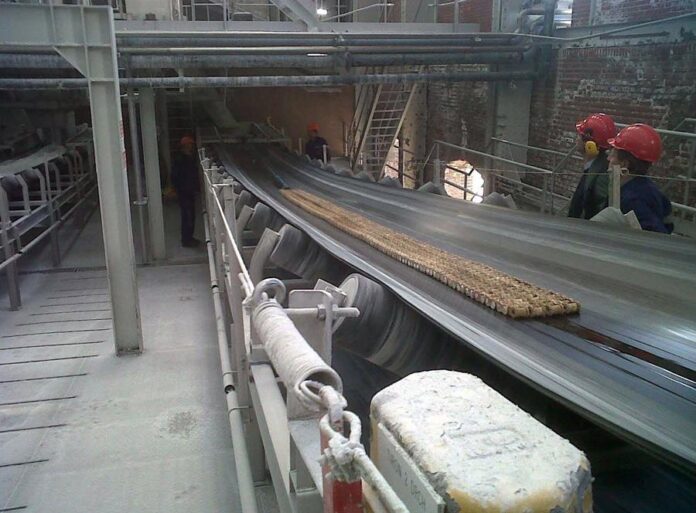
Several issues can affect the accuracy of belt scale measurements, including improper installation, material buildup, idler roll misalignment, and electrical interference. These issues can lead to erroneous readings and affect production efficiency and material usage.
During the calibration process, it is essential to identify and troubleshoot any issues that may arise. This may include adjusting the tension of the conveyor belt, realigning idler rolls, or cleaning the weighbridge.
Experienced technicians are trained to identify and troubleshoot common issues that can affect belt scale accuracy. They can also provide maintenance and repair services to ensure that your belt scale is operating at peak performance.
Post-Calibration Procedures: Verification and Documentation
After the belt scale has been calibrated, it is important to verify the accuracy of the measurement and document the calibration process. Verification involves comparing the belt scale output to a known standard, typically a certified test weight, to ensure that the scale is accurately measuring the weight of the material.
Documentation is also essential to maintain a record of the calibration process, including the date of calibration, the equipment used, and the results of the calibration. This documentation can be used for quality control purposes and to demonstrate compliance with industry regulations.
Experienced technicians provide comprehensive post-calibration services, including verification and documentation. They can perform verification tests and provide detailed documentation of the calibration process to ensure compliance with industry standards and regulations.
Importance of Regular Maintenance and Calibration for Belt Scales
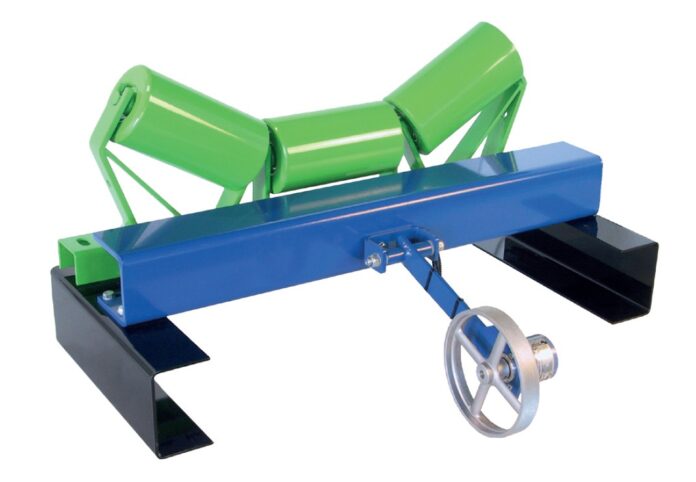
Regular maintenance and calibration are essential to ensure the long-term accuracy and reliability of belt scales. Over time, factors such as material buildup, wear and tear, and changes in environmental conditions can affect the accuracy of measurements.
Regular maintenance, such as cleaning the weighbridge and adjusting tension and alignment, can help minimize these factors and maintain the accuracy of the belt scale. Regular calibration can detect and correct any issues that may arise, ensuring that the scale is operating at peak performance.
Professionals offer comprehensive maintenance and calibration services for belt scales and other weighing systems. Technicians can perform regular maintenance and calibration to ensure the long-term accuracy and reliability of your equipment.
Choosing the Right Belt Scale Calibration Service Provider
Choosing the right belt scale calibration service provider is essential for ensuring accurate measurements and reliable performance. It is important to choose a provider with experience and expertise in belt scale calibration and maintenance, as well as a proven track record of quality service.
At SWSCALE, you will find 50 years of experience in the industry and a team of highly trained technicians with expertise in belt scale calibration and maintenance. They use state-of-the-art equipment and adhere to industry standards and best practices to ensure accurate and reliable measurements. They also offer comprehensive post-calibration services, including verification and documentation, to ensure compliance with industry regulations.
In conclusion, belt scale calibration is a critical process that ensures accurate measurements and optimized production efficiency. Choosing the right service provider is essential for ensuring the long-term accuracy and reliability of your belt scale.

